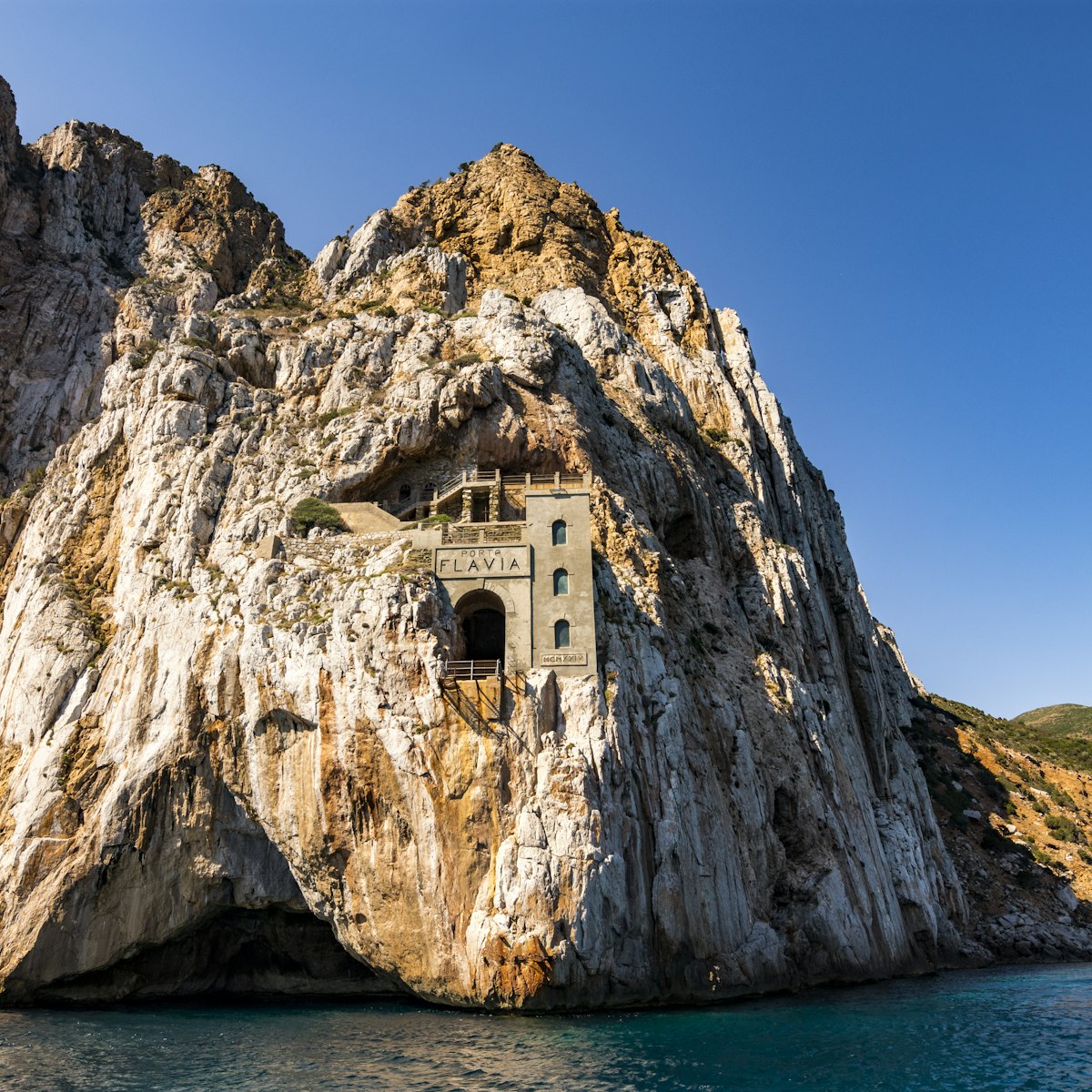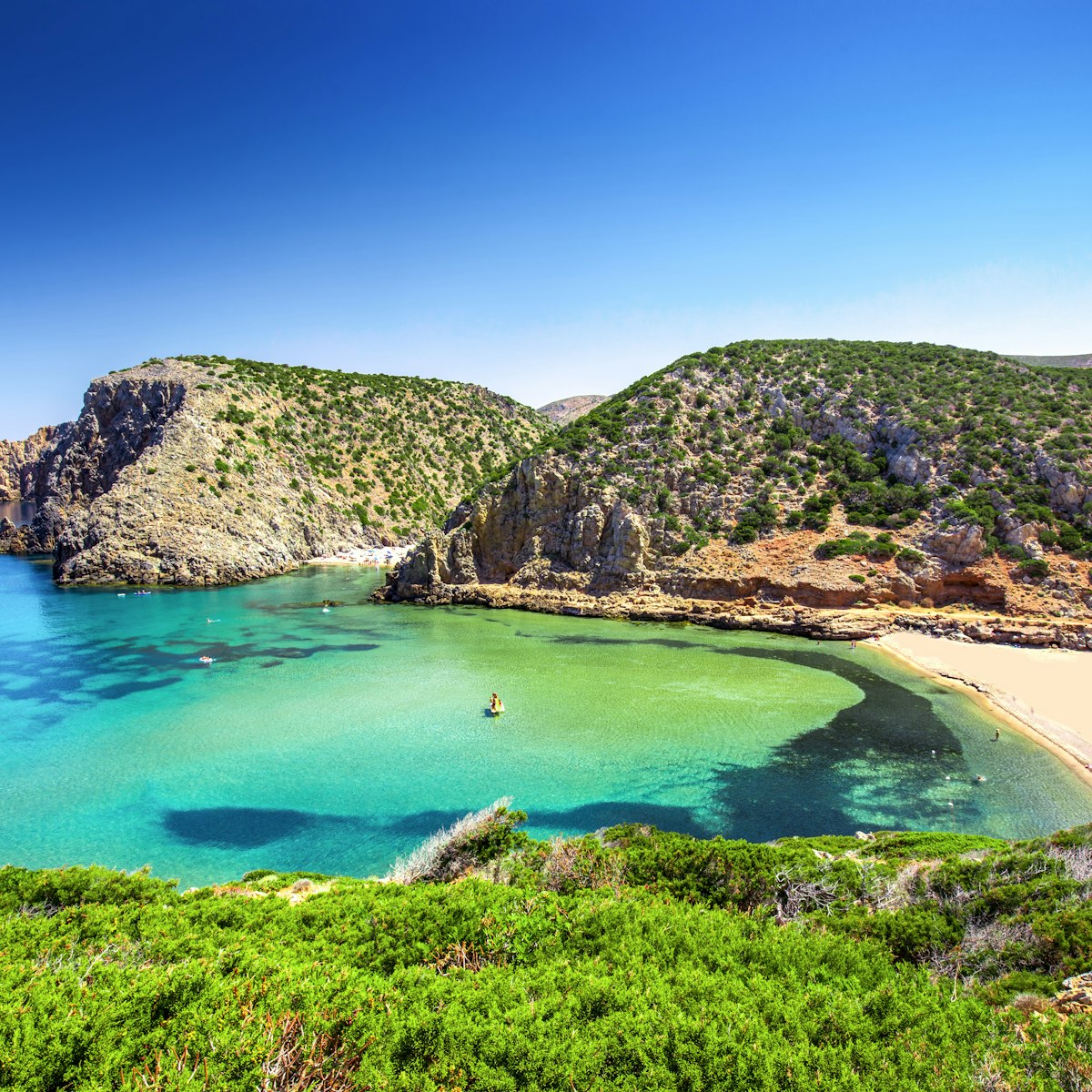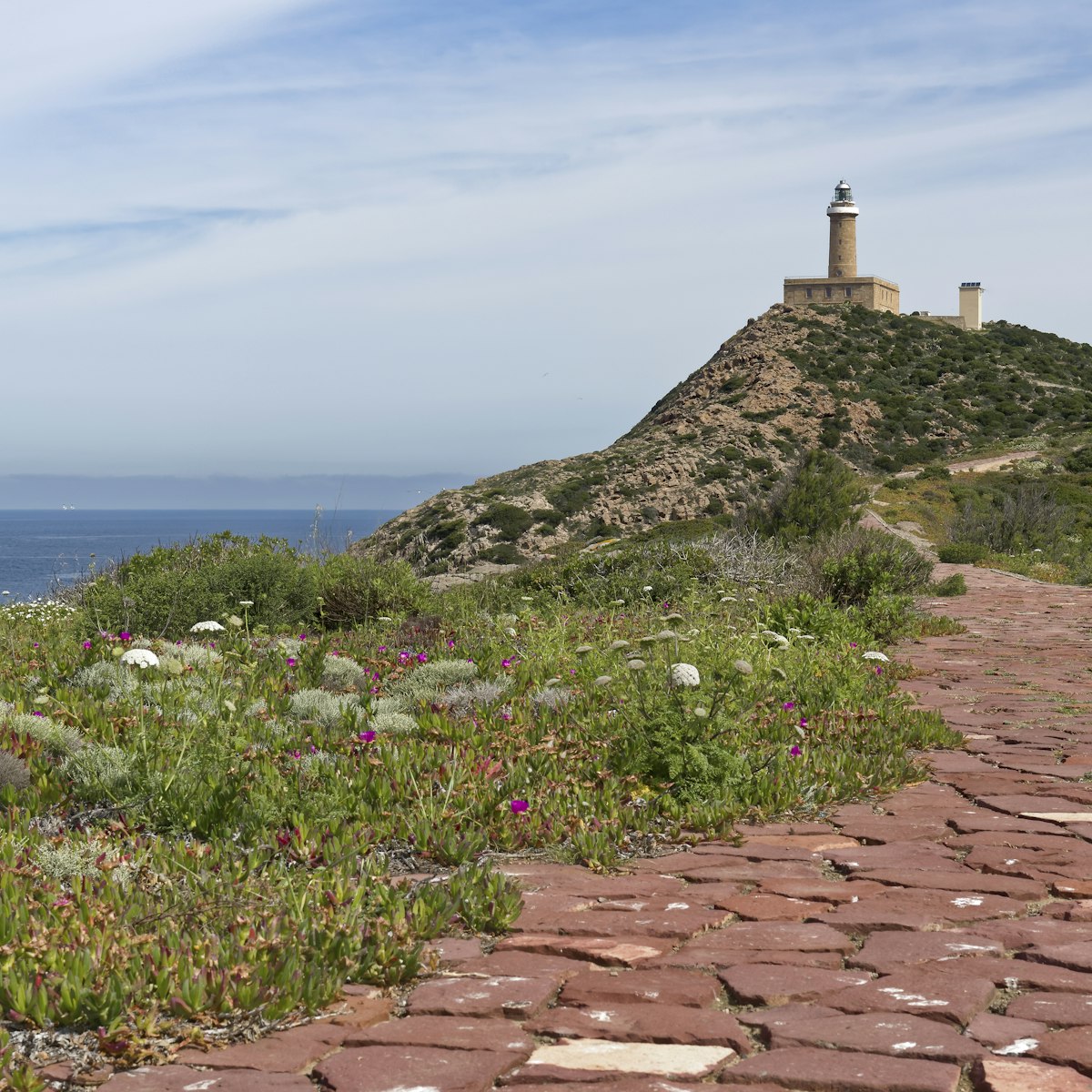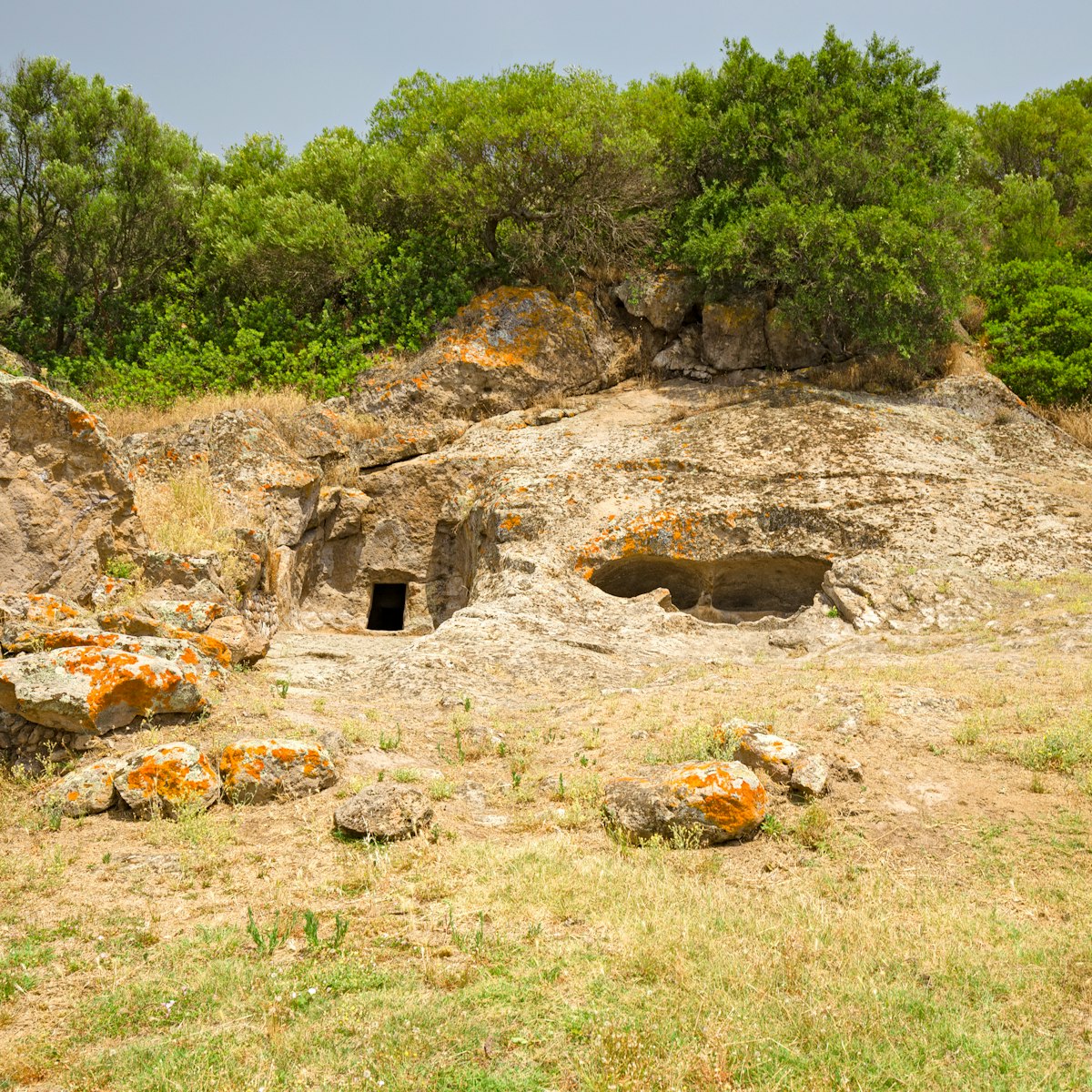Monte Sirai, 4km northwest of Carbonia, is crowned by the remnants of a 7th-century-BC fort. Built by the Phoenicians of Sulci (modern-day Sant'Antioco) in 650 BC, it was taken over a century later by the Carthaginians. Not a lot now remains but among the ruins you can make out the placement of the Carthaginian acropolis and defensive tower, a necropolis and a tophet (a sacred burial ground for children).
As well as the regular entry ticket, cumulative tickets are also available (€15) covering Monte Sirai and four other museums in Carbonia, including the Museo del Carbone.




